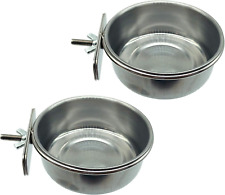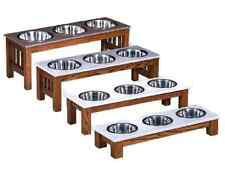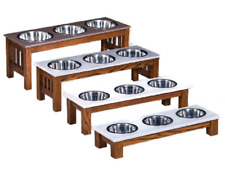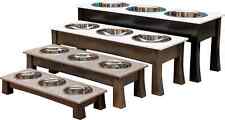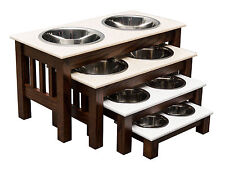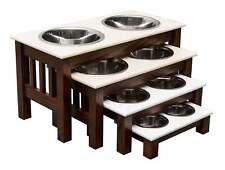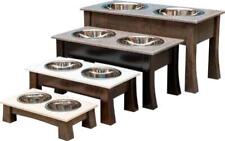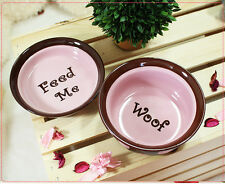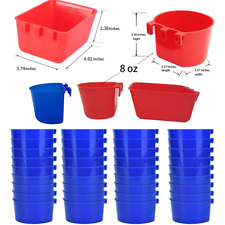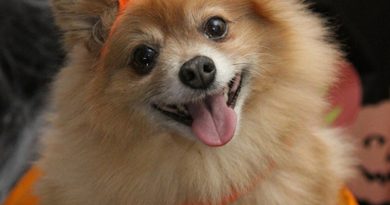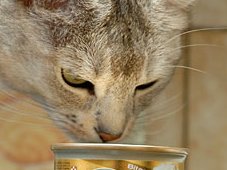Multi-Cat Food Explained
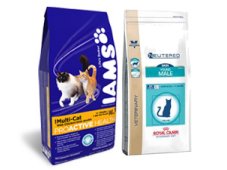
Elimination issues aren’t the only ones multi-cat foods address. Below, Katy Nelson, DVM, an emergency veterinarian in Virginia, explains the ins and outs of multi-cat formulas.
How Is Multi-Cat Food Different?
Weight Control
Obesity is a growing problem in domestic cats and can be a complicated one in multi-cat households, where food fiends often clean their thinner partners’ plates. "In a house with 10 cats, nine of the 10 are overweight," says Dr. Nelson. Multi-cat formulas address the issues of the heavier cat with L-carnitine, which helps to burn fat. An enhanced level of vitamin A is also often included to reduce the possibility of weight regain. For the slender cat, multi-cat food also contains the high levels of protein necessary for muscle mass maintenance.
Colon Health and Hairball Minimization
Multi-cat formulas contain enough high-quality fiber to promote colon health. The fiber not only keeps litter box odors to a minimum, but it also fights hairballs. Along those lines, Nelson recommends a multi-cat formula that lists beet pulp as one of its ingredients. "It’s an excellent fiber source for animals," she says.
Immune System Support
Multiple cats mean multiple germs, especially when a new cat is brought into the home. High-quality multi-cat formulas contain prebiotics, which are nondigestible ingredients that work in the digestive system to help good bacteria thrive and multiply. Prebiotics help balance out a feline’s system, enhancing immune system functioning.
Is Multi-cat Food Right for Your Home?
According to Nelson, multi-cat food is only appropriate for healthy adult cats under 7 years old. "Kittens need kitten formula, which has more calories, and seniors need senior formula," she explains.
Lactating and pregnant cats should not eat multi-cat food, and neither should those whose medical conditions need to be treated with a special diet. Such conditions may include kidney problems, diabetes, inflammatory bowel disease and other common, yet serious, health issues.
How to Dish It Out
Like their owners, cats have their own eating habits, body types and energy output. As a result, even on multi-cat food, each feline needs its own dish and portion size. Says Nelson: "If you have more than one cat, you need extra discipline when it comes to feeding. You can’t just put multi-cat formula in a big communal bowl and let everyone spend all day grazing on it."
Nelson recommends feeding felines in separate locations in the home, so that each can have a portion size appropriate for its weight and activity level. "Give your cats a specific time frame to eat in and then pick up the dish," she advises. "I think of it this way: If someone put a whole pizza on my desk, I’d eat the whole thing over the course of my day. I’m better off taking one slice on a plate and being done with it."
Nelson acknowledges that this type of feeding may be a daunting task and adds that it can take six to eight weeks to get cats on a feeding schedule. However, you end up with so much more control over what they eat, and your pets are healthier for your efforts.
Multi-cat food convert Jen Rice agrees. "I tried multi-cat food for my own selfish reasons, but my cats really seem to be thriving on it." If you share your home with more than one cat, multi-cat food could help you and your furry friends live in better health and harmony too.

